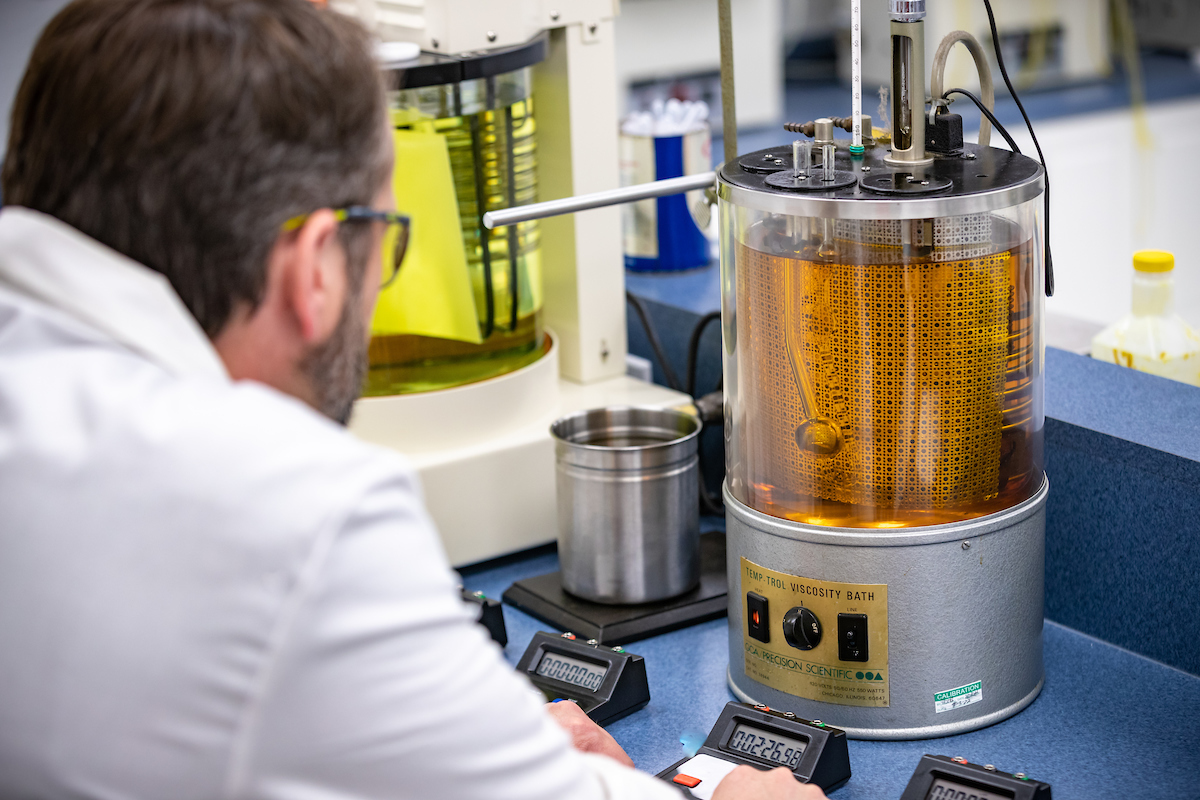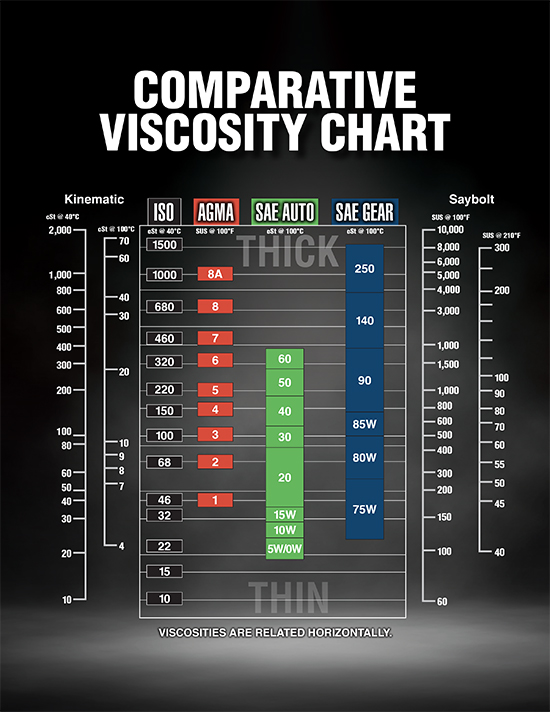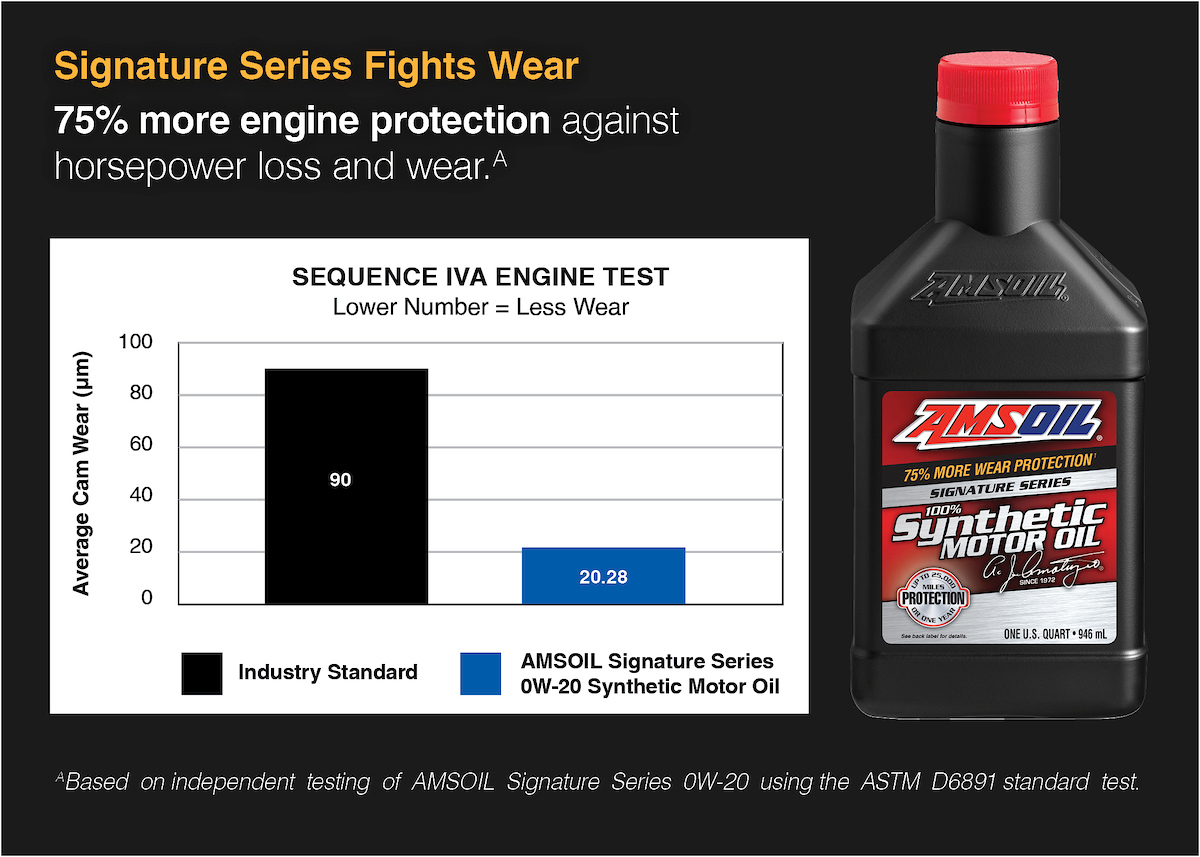How is Motor Oil Tested?
Author: ALEX THOMPSON

You should already know that a microscopic film of oil prevents metal surfaces in engines from grinding together and causing wear, and that synthetic lubricants deliver better wear protection, engine cleanliness and fuel efficiency than conventional oils.
It’s been repeatedly proven that AMSOIL synthetic motor oils form a more durable fluid film than conventional oils due to their resilient base oils and engineered additive packages, helping vehicles run better and last longer.
The First in Synthetics®
We brag that AMSOIL was the first synthetic motor oil to pass API standards testing, but what does that mean, and why should anyone care?
There are several organizations in different regions that are responsible for ensuring that the quality of lubricant products meets the rigorous demands of countless different vehicles, machinery and equipment.
Testing standards
The American Petroleum Institute (API) is a standards-setting trade organization founded in 1919 that leads the development of petroleum, natural gas and petrochemical equipment to enhance operational and environmental safety, efficiency and sustainability. Similarly, The International Lubricant Specification Advisory Committee (ILSAC) is a committee of automobile manufacturers that develops performance standards for engine oils used in gasoline passenger car engines. And the European Automobile Manufacturers’ Association (ACEA) is a group of 16 vehicle manufacturers that defines specifications for engine oils in Europe.
Since 1905, the Society of Automotive Engineers (SAE) has been developing and publishing standards for every aspect of motor vehicles, while also educating engineers to create safer, cleaner and more accessible mobility solutions. The American Society for Testing and Materials (ASTM) is an international standards organization that develops and publishes technical standards for a wide range of materials, products, systems and services. The SAE specifies certain ASTM tests to verify that a particular lubricant is compatible with a specific vehicle under certain operating conditions.
As mechanical technology advances so do lubrication requirements. Meeting the specifications of these organizations also means that a particular lubricant meets the original equipment manufacturer (OEM) requirements and will not damage the engine. Without standardized specifications and rigorous testing, the quality of aftermarket lubricant products would likely be inferior, possibly even dangerous to use.

Motor oil tests
Here are some additional details on common tests required for motor oil certification.
ASTM D2270 measures viscosity index or the variation in motor oil’s kinematic viscosity between ambient and operating temperatures (40˚C and 100˚C). A higher viscosity index indicates a smaller decrease in viscosity as temperature increases, meaning the oil maintains its structure better as temperatures increase. Additionally, ASTM D445 tests the actual viscosity at both 40˚C ambient and 100˚C operating temperatures.
Heated oil has an additional risk of shearing, or losing viscosity, under pressure. ASTM D5481 (HTHS) measures viscosity under temperatures and pressures representative of engine operating conditions. Applying stress to the oil via pressure provides insight into viscometric properties that other viscosity testing cannot, because engine oil additives introduce characteristics that can alter flow.
As much as we want oil to maintain viscosity in extreme heat, we also want it to remain fluid in extreme cold. ASTM D97 tests the pour point, which identifies the lowest temperature at which the lubricant will continue to flow. Additionally, ASTM D5293 (CCS) simulates the viscosity of engine oil in relation to cold engine cranking, which ensures the oil remains fluid enough to start an engine at a prescribed temperature.
Because the primary purpose of oil is to reduce wear from metal-on-metal contact, ASTM D4172, aka the four-ball wear test, determines the relative wear-preventing properties of lubricating oils in sliding contact under prescribed test conditions. We also measure the oil’s ability to neutralize acids using ASTM D2896, which provides the Total Base Number (TBN). Lubricants with a higher TBN are more effective at suspending wear-causing contaminants and reducing the corrosive effects of acids over time.

Hopefully, this provides more insight into why testing is important and why AMSOIL has always published data sheets with comprehensive testing results. Not only do AMSOIL products meet industry standards, in most cases they exceed them. That means using AMSOIL products is not only a terrific way to protect your investment, but it also eliminates the worry of unseen damage occurring inside your engine.





